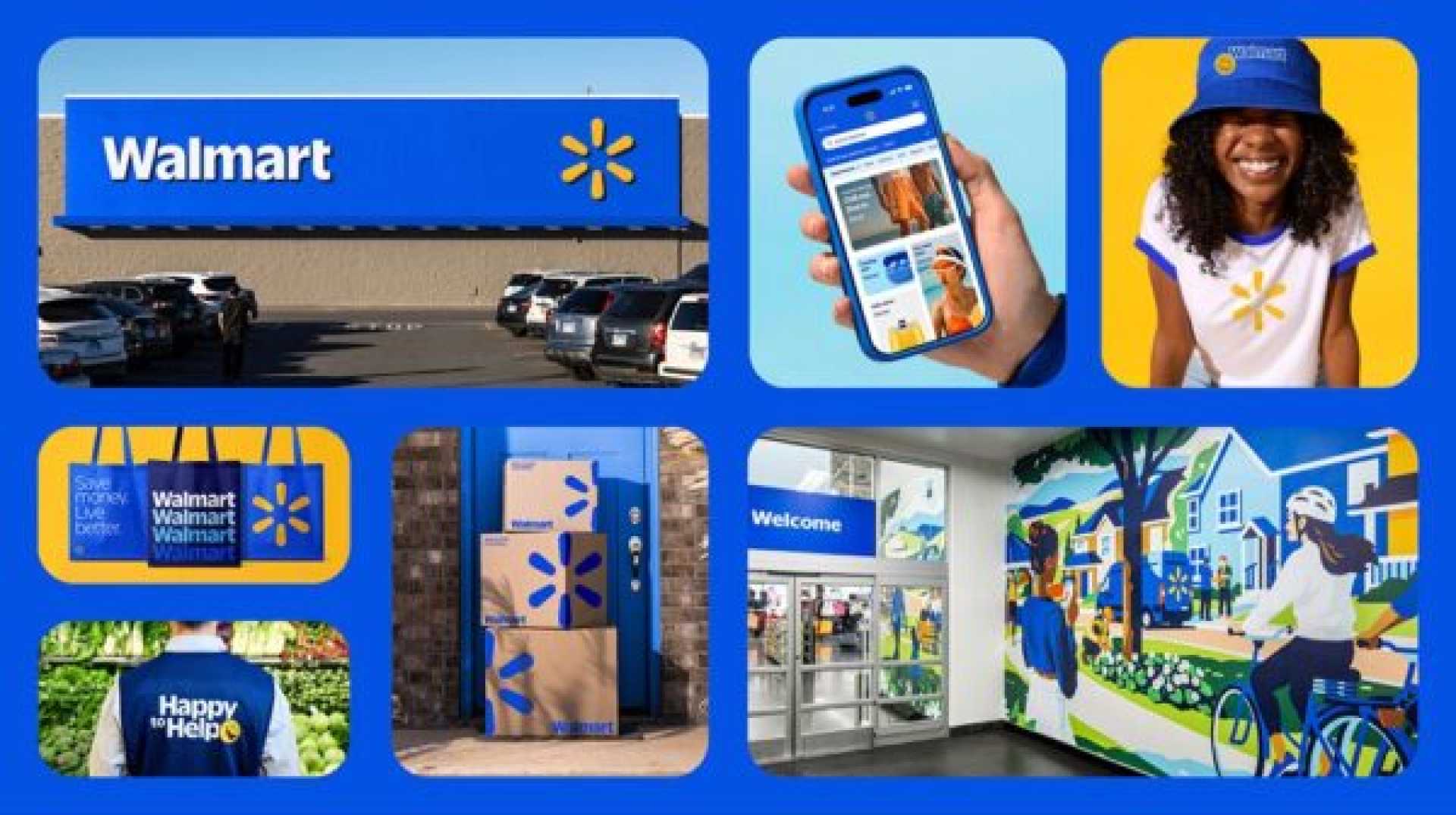Business
Walmart Unveils First Logo Redesign in Nearly 20 Years, Sparks Online Backlash

BENTONVILLE, Ark. — Walmart unveiled its first logo redesign in nearly two decades on Monday, marking a significant shift in the retail giant’s branding strategy. The new logo, described as a “comprehensive brand refresh,” has sparked a wave of mixed reactions online, ranging from confusion to outright criticism.
The redesign features a wordmark inspired by founder Sam Walton‘s classic trucker hat, with a modern, custom font and a darker blue hue. The iconic yellow spark, a staple of Walmart’s branding, has also received a subtle update. The company stated that the refreshed brand identity reflects its commitment to evolving alongside its customers while honoring its roots.
“This update, rooted in the legacy of our founder, Sam Walton, demonstrates our evolving capabilities and longstanding commitment to serve our customers of today and tomorrow,” said William White, Walmart’s senior vice president and chief marketing officer. “While the look and feel of our brand is more contemporary, our refreshed brand identity reflects Walmart’s enduring commitment to both Sam’s principles and serving our customers however they need us.”
The new logo will begin rolling out across Walmart’s platforms and physical stores starting in January 2025, with the transition expected to continue throughout the year. The last major logo redesign occurred in 2008, when the company dropped the hyphen from “Wal-Mart” and introduced the yellow spark.
However, the internet’s reaction to the redesign has been largely negative. Social media users have flooded platforms with memes and comments expressing disbelief and frustration. Many have questioned the necessity of the change, with some even mocking the design as amateurish. “Did they really pay someone for this?” one user tweeted, while another compared the new logo to a generic clipart image.
Experts suggest that the backlash may stem from a combination of psychological factors, including a resistance to change and the Dunning-Kruger effect, where individuals overestimate their own expertise. Research from 1988 by William Samuelson and Richard Zeckhauser highlights a “status quo bias,” showing that people tend to prefer familiar things over new ones. Similarly, Daniel Kahneman and Amos Tversky‘s work on loss aversion suggests that the pain of losing something familiar often outweighs the pleasure of gaining something new.
Despite the online criticism, Walmart remains confident in its decision. The company reported a 5% increase in revenue to $169.6 billion in the last quarter, surpassing Wall Street estimates. With over 4,600 stores and 1.6 million employees in the U.S. alone, Walmart’s brand refresh is a strategic move to stay relevant in a rapidly changing retail landscape.
As the rollout continues, the debate over the new logo serves as a fascinating case study in how the public reacts to corporate branding changes—and how cognitive biases shape online discourse.












